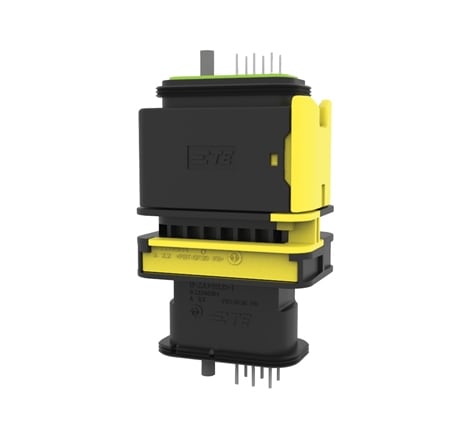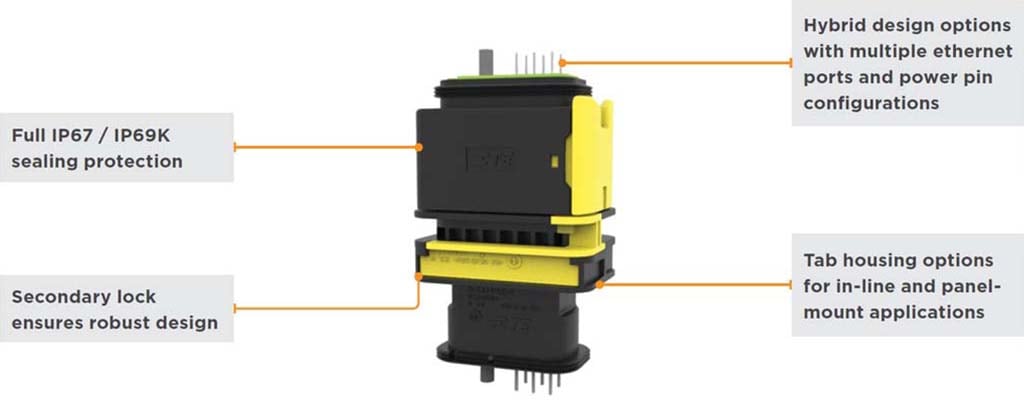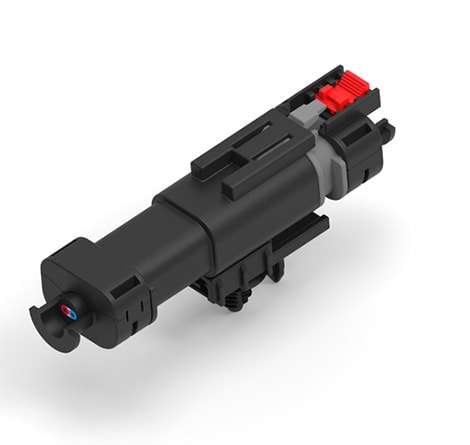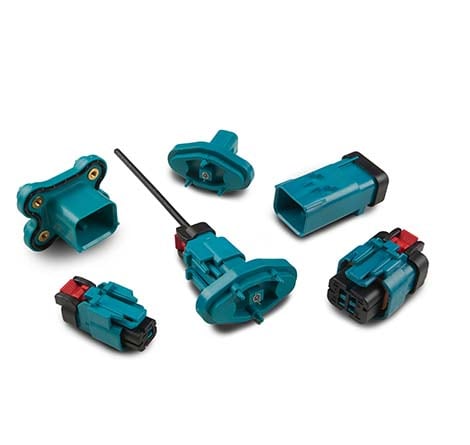
Hybrid connector - Ethernet + power
Our Heavy Duty Sealed Connector Series with MATEnet Inserts is a rugged, heavy-duty Ethernet connector solution for data and power transmission in industrial and commercial vehicles. It offers flexibility, as you can implement multiple hybrid interfaces - combining single pair Ethernet plus power and scalability by using unshielded or shielded twisted pair cable.
Heavy Duty Sealed Connector Series with MATEnet Inserts
This series combines the performance of our MATEnet terminal system with the proven reliability of our Heavy Duty Sealed Connector Series.
This wire-to-wire, wire-to-device, and wire-to-board connector is a hybrid signal/power connector that provides design flexibility. It is made to perform in very tough and harsh environments at the best cost-benefit ratio for these requirements.
UTP
Compatible with Unshielded Twisted Pair (UTP)
STP
Compatible with Shielded Twisted Pair (STP)
1 Gbps
Can transmit up to 1 Gbps according to IEEE 100BASE-T1 and 1000BASE-T1 standards
Product Features
- IP67/IP69K (with backshell) dust and water protection
- Temperature range from -40°C to +125°C (cable dependent)
- PoDL Class 3 – 48 Volt
- Hybrid connector – Ethernet + power
- Capable of multiple wire sizes based on application needs
- Allows the use of a wide range of accessory parts from the Heavy Duty Sealed Connector Series product line

Applications
Our Heavy Duty Sealed Connector Series with MATEnet inserts can be used in vehicle cabins and chassis:
| In-cabin Applications: | Chassis Applications: |
|---|---|
|
|
Supported Protocols
- IEEE802.3bp
- 100BASE-T1 (100Mb)
- 1000BASE-T1 (1Gb)





